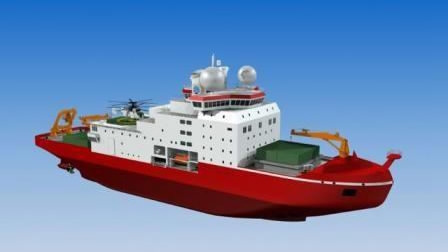
Tech & Sci
19:11, 21-Oct-2017
China leads world in building scientific research vessels
By Gao Yun

China is leading the world in the construction of new scientific research vessels, both in quantity and quality, according to participants at a forum on the subject in Shanghai on Friday.
As of August, China was in the process of designing and constructing a total of 10 vessels, more than any other country in the world. Those include China's first home-built icebreaker – named Xuelong 2, or Snow Dragon 2, Sun Yat-sen University’s comprehensive scientific research vessel, and the third domestically-built ocean drilling research vessel.
China’s construction of scientific research vessels has picked up dramatically since 2012, when the country started to establish its national marine investigation fleets. The number of China’s scientific research vessels has soared from 19 to 50.
This is not only an increase in quantity. The performance of the new vessels could also be ranked among the world’s best, according to Huang Wei, chief engineer of the No.708 Research Institute, China State Shipbuilding Corporation (CSSC).
“After over 60 years’ development, China has transformed from refitting scientific research vessels to professionally building new ones, and the vessels are marching forward from offshore areas to deep sea, ocean, and polar regions,” Huang said.
China’s state-of-the-art research vessels under construction
To meet the new polar research needs, the Xuelong 2 icebreaker, with stronger icebreaking ability and longer operation times compared to its predecessor Xuelong, is expected to be delivered in January 2019.
Wu Gang, the chief designer of the vessel, said it might be the world’s first polar icebreaker that meets the latest Polar Code.
Xuelong 2 will support China’s future marine research with supercomputers and help to form a leading application platform for deep-sea research and technological development.
The world’s third-largest drilling vessel is also in the planning stages. It will hopefully be able to explore the ecosphere and gas hydrates in hard-to-reach areas, and even help human beings achieve the dream of exploring the Earth’s mantle.
(CGTN‘s Fan Yixin also contributed to the story.)

SITEMAP
Copyright © 2018 CGTN. Beijing ICP prepared NO.16065310-3
Copyright © 2018 CGTN. Beijing ICP prepared NO.16065310-3